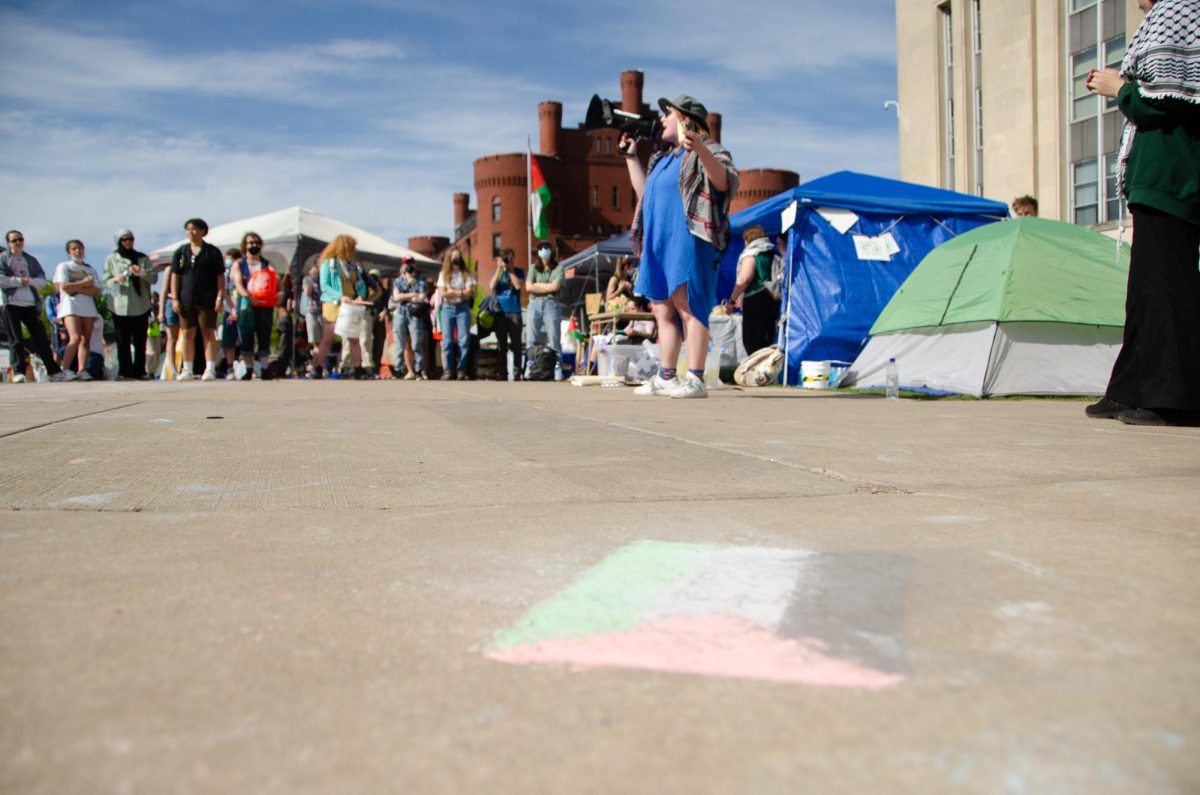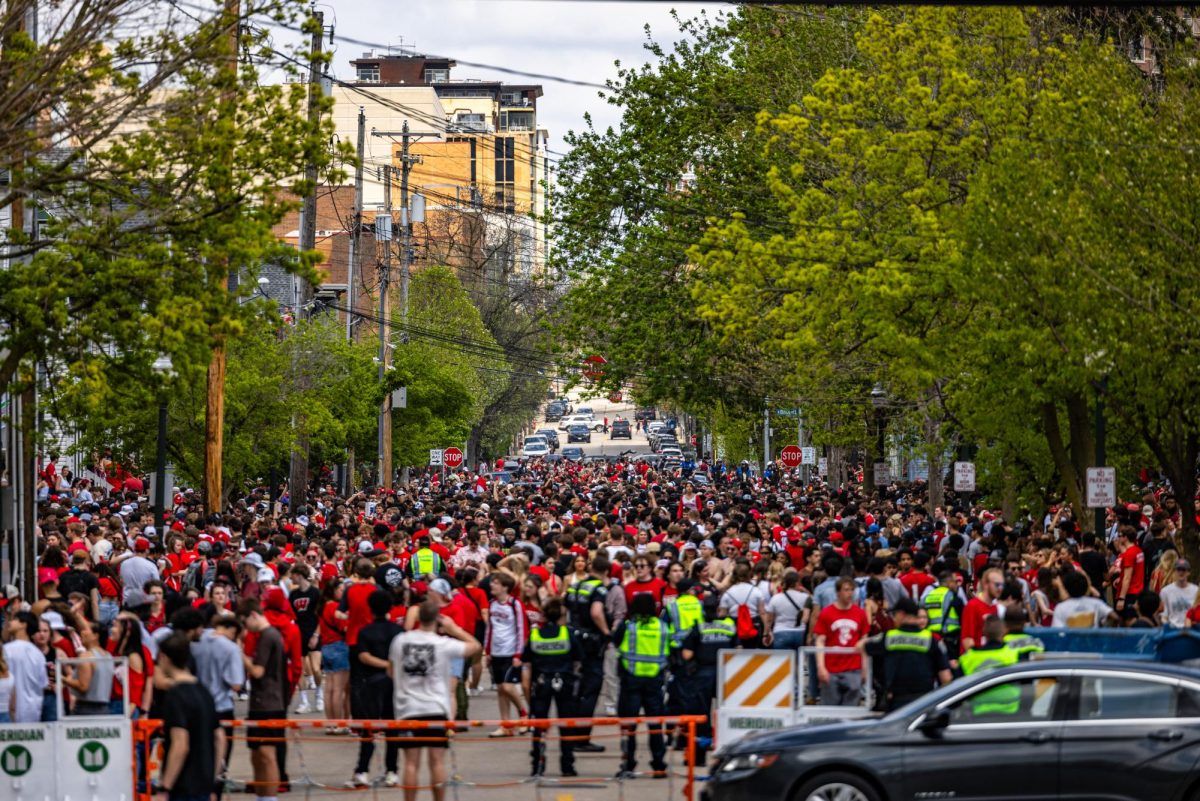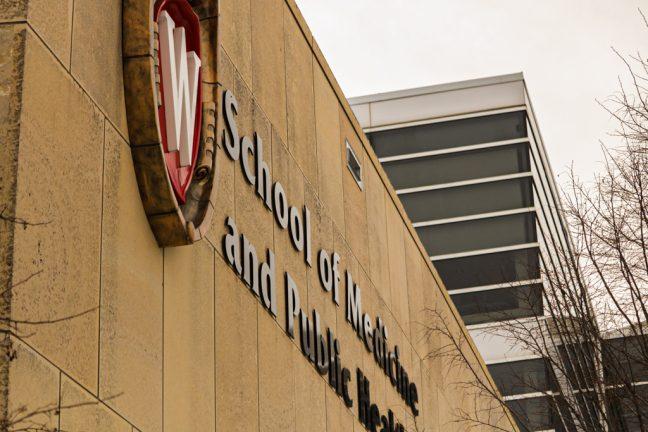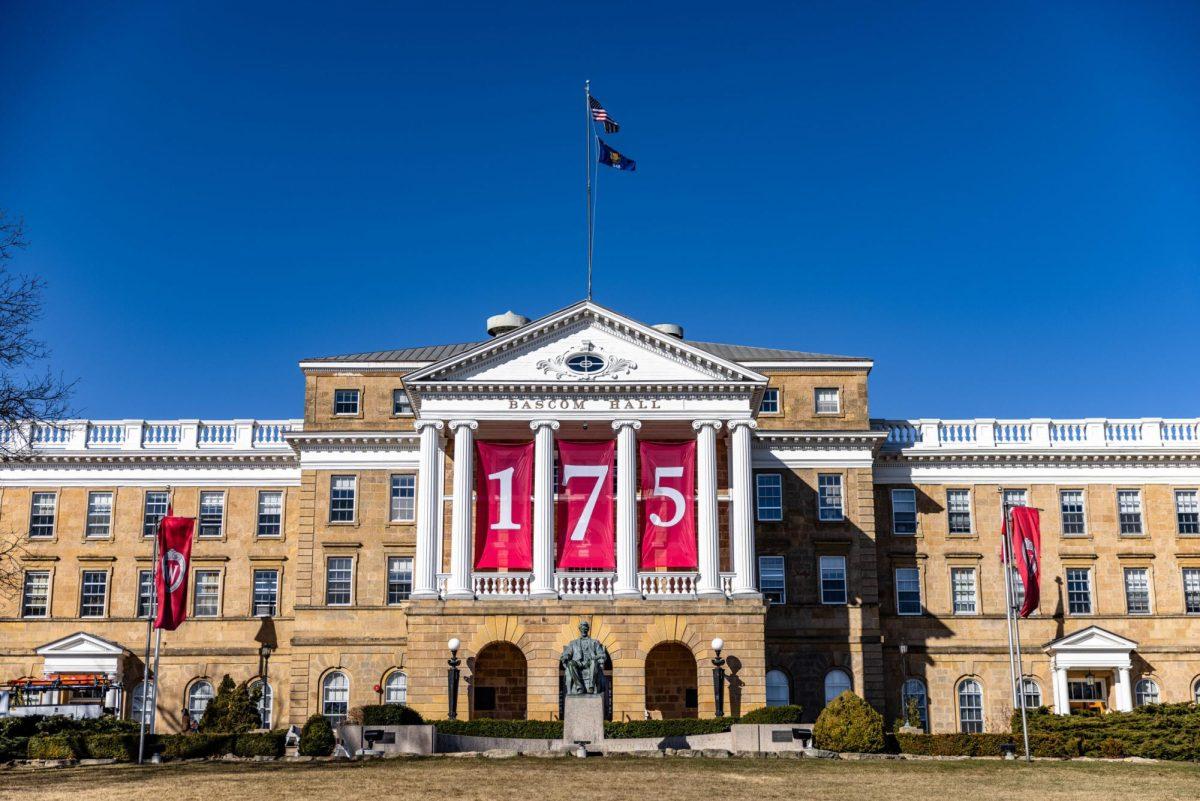Several popular campus bars in the downtown area were issued 242 citations between February 2011-12, with most of the overall citations involving underage people in a bar and disorderly conduct, and with two of these bars acquiring a high concentration of citations, according to documents obtained by The Badger Herald.
Red Shed, State Street Brats, Wando’s Bar, Osaka House, City Bar, Vintage Spirits & Grill, Johnny O’s Restaurant and Bar, Whiskey Jack’s Saloon, Hawk’s, Kollege Klub Bar, Brothers Bar & Grill, Logan’s Madtown and Chaser’s Bar and Grille received a collective total of 242 citations from February 2011 to February 2012, according to the citations obtained from the Madison Police Department.
Logan’s lead in total number of citations with 63, and Whiskey Jack’s Saloon was the second highest with 49 citations. Osaka House, City Bar, and Brothers were the three taverns with the fewest citations, having one, two and two respectively.
Of the various kinds of citations issued to the taverns, the most common were underage persons inside a licensed premise with a total of 67 citations and disorderly conduct with a total of 55, according to the documents.
Sgt. Tony Fiore, supervisor of the Community Policing Team, said a majority of calls his team gets from the bars are for fights, which result in a large number of disorderly conduct citations. He added his team stresses the importance of the bars calling the police when these situations arise, despite what they think the consequences might be.
“If the bars are calling us for a disturbance or fight usually disorderly conduct is the catch-all,” Fiore said. “Bars have been hesitant to call us on something that didn’t result in a big incident because they fear that we see that as their fault. … If we’re seeing more [disorderly conduct citations] the bars are doing a good job in a sense that they’re calling us when these incidents are happening.”
Kelly Van Ermen, a manager of State Street Brats, also said while underage drinking is a major problem, fights and disorderly behavior among bar-goers is one of the biggest problems a bar faces.
“When a patron gets far too intoxicated and won’t leave or starts to cause problems is when most calls to the police have to be made,” Van Ermen said. “Mainly when a patron refuses to leave after being asked.”
Ald. Mike Verveer, District 4, said one of the most important factors in the number of bar citations issued is the staffing level of the Community Policing Team, a team of police officers most responsible for conducting the tavern safety inspections.
“When [the CPT] have officers that leave due to promotions, injuries, or something of that matter, the number of cops available to do bar inspections is down and less bar inspections occur,” Verveer said.
Fiore agreed that there was no intent to focus more on the bars and that it is more a matter of how frequently the CPT is able to do tavern inspections in the midst of its other work.
“[Tavern inspections] are about 10-15 percent overall of what my team does, of how we spend our time, and it’s really visible,” Fiore said. “We hear it asked, that aren’t there more important things we should be doing and I would argue that it’s an important thing, but we do a lot of other things besides just work with the bars too.”
There are also some possible causes for certain bars, like Logan’s and Whiskey Jack’s, to have more citations that others. Fiore said the biggest ones are a tavern’s track record – a bar experiencing more frequent issues will get more frequent inspections and the overall capacity of a bar – the more crowded it is, the more likely an inspection will occur.
Van Ermen said certain bars would naturally receive more citations than others based on the type of people they typically bring in.
“The type of clientele would affect [the amount of citations],” Van Ermen said. “Certain bars attract a rowdier crowd and therefore tend to have to get the police involved more often.”
Verveer said there are bars that complain of being “picked on” by the police, saying they are inspected more often than others.
“I think it’s true that there are some campus bars that don’t have as many inspections,” Verveer said. “Some aren’t on the radar screen of the cops, and I think it depends on the issues the bar faces, the cooperation of their staff with the police, their track record and the overall capacity size.”
Both Verveer and Fiore stated there are definite times when tavern inspections are a higher priority for CPT. Verveer said the beginning of the school’s spring semester lines up with the training time for new police officers, so tavern inspections are more routine.
Fiore said the beginning of the fall semester, especially because it involves the hype of football season, is also a major time for tavern inspections. Big events, such as the Mifflin Street Block Party, require more police vigilance on local taverns.
“The bars are experiencing a lot of turnover in their staff in the fall, so the bars are trying to train their teams and we have a new set of students, both underage and 21-year-olds, entering the bars at the new school year,” Fiore said. “So we try to be out there early and really work with the bars to be sure that we’re setting expectations.”
However, there seems to be a misconceived notion of how often tavern inspections occur. Fiore said his team of five officers spends much more time responding to calls, which sometimes bring them into the bars, than they do randomly inspecting bars. He said this is a matter of having to prioritize the work CPT does.
“Usually at a normal bar-time period, on a Friday or Saturday night … there are nine police officers to police the entire downtown district,” Fiore said. “This makes it critical to keep the bars managing themselves well because the bars do 98 percent of the work and they do a tremendous job and it’s a challenging job, but we must work well with them.”
Fiore said these challenges tavern staff face have heightened recently due to the easily obtainable, relatively cheap and extremely high quality fake IDs.
While Van Ermen said underage drinking becomes less of a problem for bars as the school year goes on, she added fake IDs have created a new challenge for bar employees that is hard to manage.
“We try to educate our bouncers on what looks real and what looks fake,” Van Ermen said. “We see more manufactured fake IDs than borrowed ones now and that makes it even tougher.”
While Fiore said he believes there has been a decrease in underage drinking over the past six to seven years, he said it remains an issue for police staff and bars both to deal with. And while it is an important issue, he added there are other challenges the police must deal with at the same time.
Verveer said the overall number of bar citations does not reflect an increase in underage drinking and that the police have done a good job prioritizing when it comes to issues of underage drinking in the local bars.
“It’s critical that cops do routine inspections of bars to remind patrons that cops are around,” Verveer said. “What I’m not excited about is cops looking for 20-year-olds drinking beer when there are much more pressing issues to be deal with, like fights or violence.”
Representatives from Logan’s and Whiskey Jack’s Saloon refused to comment on the citations.
















